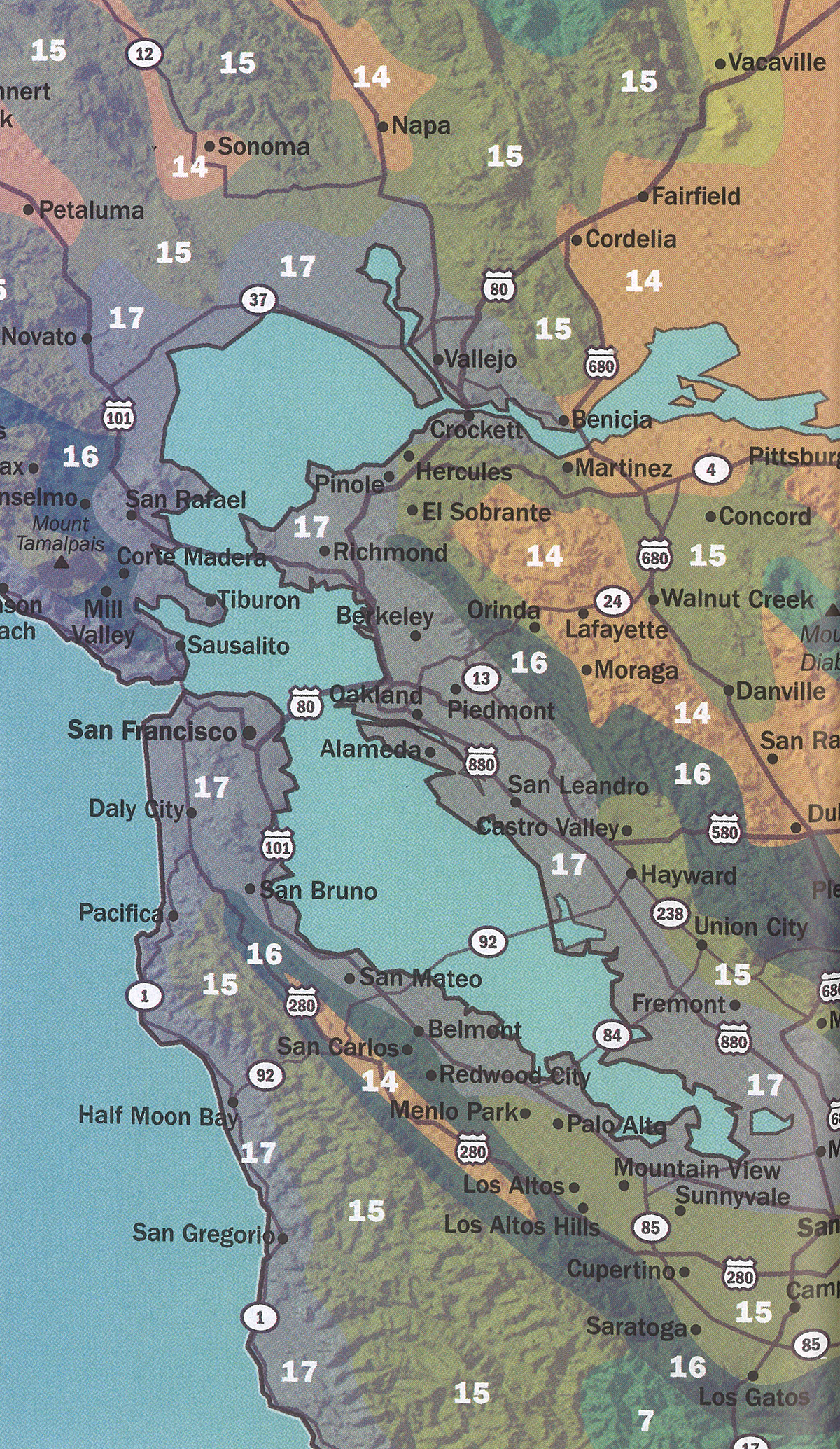
| height | 4–14ft | |
| width | 3–12ft | |
| tolerates | Drought, Heat, Pots | |
| water needs |
Low | |
| water info |
For the first three years after it’s planted, this acacia should be watered deeply but infrequently (when the top three inches of soil or so have dried). After that, it won’t need supplemental water except in exceptionally hot and dry environments. Use drippers, emitters or a slow stream of water so that it doesn’t run off; allow the water to trickle all the way down through the deepest layers of soil. A great trick for watering street trees is to drill a 1/8-inch hole on the bottom edge of a 5-gallon bucket, then set the bucket with the hole aligned next to the tree and fill the bucket with water. Fill once for a 1-5 gallon plant, fill twice for a 7-15 gallon plant, three times for 25g or larger plants. Though these trees are drought tolerant, never let them go bone dry in a pot. |
|
| hardy to |
24F | |
| exposure | Part Sun – Full Sun | |
| indoor outdoor |
Outdoor | |
| drainage | In Ground: Cactus Mix, In Pots: Cactus Mix, In Pots: Potting Soil, Tolerates Sandy Soil | |
| fertilizing | Low Needs | |
| origin | NSW and Queensland, Australia | |
| california native |
No | |
| sunset zones |
9, 14–24 |
Full Sun
Six or more hours of sun beams directly landing on the plant's leaves.
Part Shade
Three to five hours of sun beams directly landing on the plant's leaves.
Part Sun
One to two hours of sun beams directly landing on the plants leaves.
Full Shade
The plant is never fully lit by sun beams,
but is in a bright spot or has dappled sunbeams playing over the leaves throughout the day.
Deep Shade
The plant never has dappled light on the leaves, and is in a place that feels dim, even on a nice sunny day.
